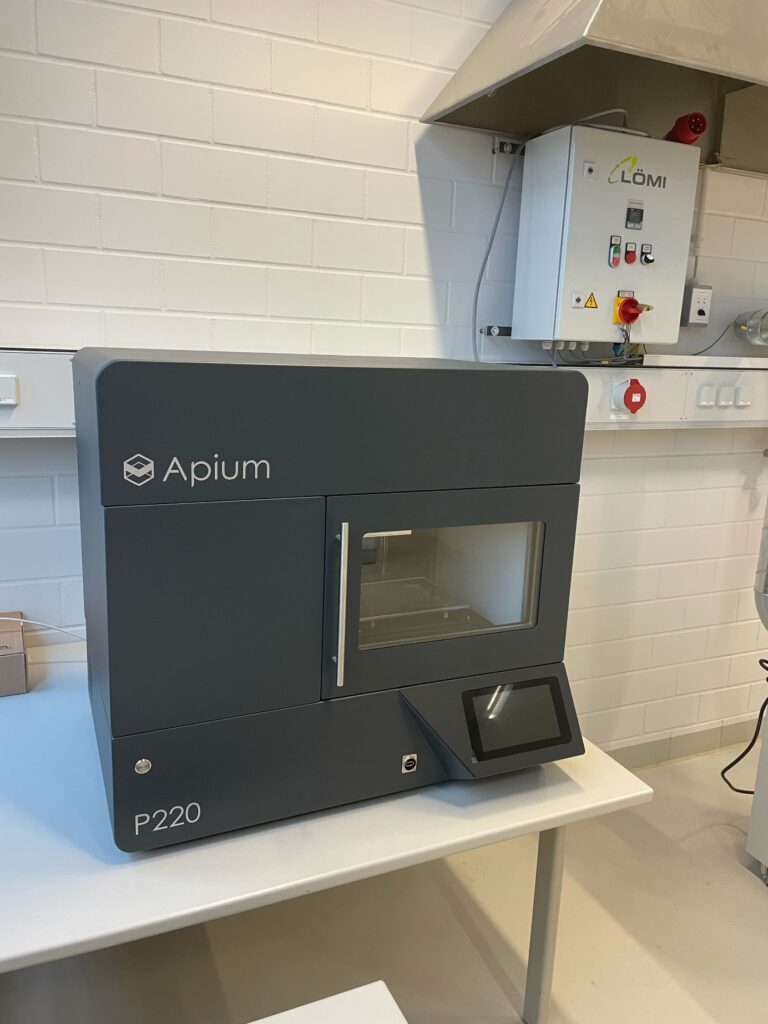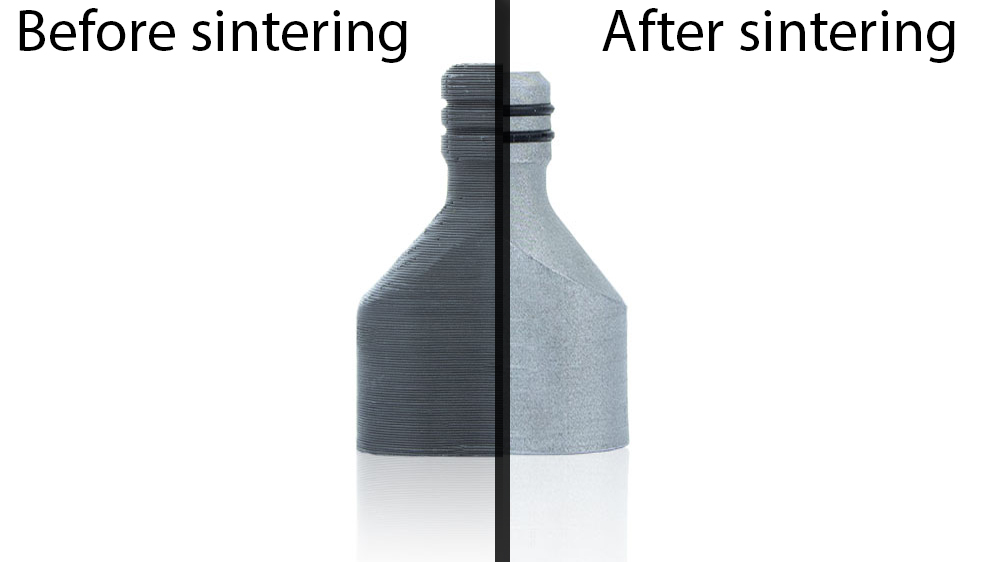Producing high performance thermoplastics and sinter metals parts in one device.

new Apium P220 3D printer / (c) HSD – Ganna Epshteyn
An Interview with Ganna Epshteyn B.Eng. from Hochschule Düsseldorf, University of Applied Sciences
To ensure that future generations of engineers can also make the best possible use of the advantages of additive manufacturing, the University of Applied Sciences Düsseldorf always works with the latest technology. Today we talk to Ms. Ganna Epshteyn B.Eng. about the new Apium P220 3D printer at Düsseldorf University of Applied Sciences.
Why did you purchase the new Apium P220?
Through the acquisition of the high-performance 3D printer from the company Apium, an entry into metal 3D printing has been made possible. However, the printer can also print the high performance thermoplastic polymers Peak and Ultim.
Why can a single printer handle such different materials ?
The printer is based on FDM technology. The material is melted and processed layer by layer. This process is industry standard, however the Apium P220 was developed to also process metal filaments. In this process, metal is not simply melted, but metal powder which is bound in a plastic strand is processed. You can imagine this as if you were gluing metal dust with a hot glue gun. After the component has been printed from the plastic-metal mixture, the plastic is removed and the metal is sintered in a furnace. During sintering, the metal bonds and achieves the desired stability.
Image from www.apium.de
What projects are being implemented at the university using this technology?
Currently, three bachelor theses are being conducted. These are primarily investigating the material properties of the printed components. Of particular interest is how the components produced with the Apium P220 perform compared to conventional manufacturing processes. We hope to be able to present the first research results of our young engineers in 2021.
Read more about the Apium
Prepared by FMDauto, University of Applied Sciences Düsseldorf, GE


